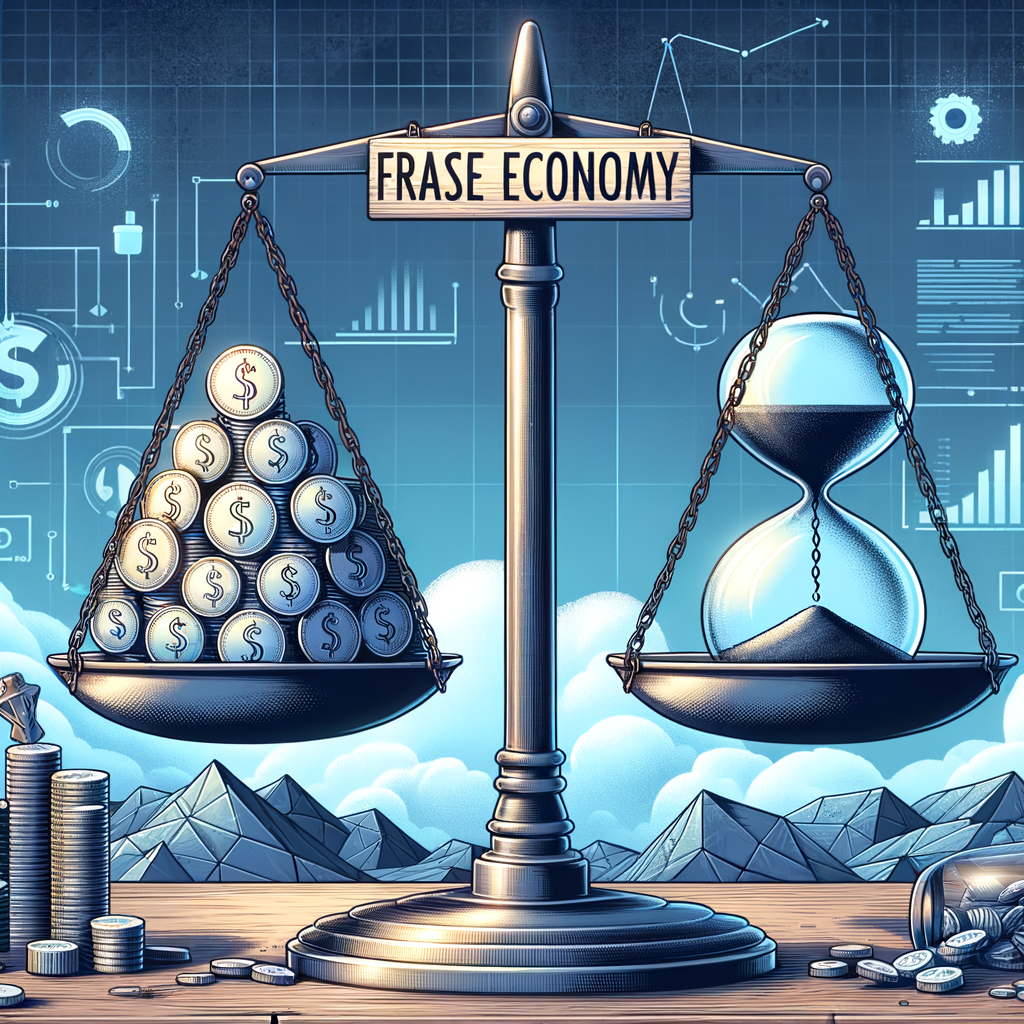Paying for software is a good thing
The mindset of saving money by using free software is as old as the software industry itself. Free software appeals to our frugality and often aligns with a principled stance on openness and accessibility. Yet, this approach can be a double-edged sword. The time spent wrestling with subpar tools, the productivity lost to workarounds, and the eventual need for support or features only available in paid versions can lead to a net loss.
Consider the developer who spends hours tweaking a free tool to perform a task, when a paid alternative could have done the job in minutes. The value of those lost hours often exceeds the cost of the software they were avoiding. It's an economic principle that many learn the hard way: time is money, and inefficient tools can drain both. Know your time's worth and invest in tools that save you time and effort.
If you pay for software that's created by a big company, you can almost certainly be sure that it will be maintained and updated. If you pay for software that's created by independent developers or a small team, your monetary contribution has a direct impact on their livelihood.
The oracle situation
Oracle, known for its cloud services, offers a free tier of Virtual Private Servers (VPS). This seems like a great deal until you hit the hidden caveats. Take the example of running your own DNS server as a friend of mine did. Why would you want to do that? Because you can filter ads by rejecting certain DNS requests. Oracle's policies around exposing certain ports, such as port 53 (used for DNS services), can lead to abrupt and unceremonious service termination. Here, 'free' comes with fine print that can disrupt services and waste the time invested in setting them up.
I, instead, rent a VPS from netcup, a trustworthy provider that just so happens to be situated in Karlsruhe too. I pay 25 € a month, which is not cheap, but I get enough storage, bandwidth and CPU power to run multiple Minecraft servers, nextcloud for my files, and this website.
The draw.io situation
draw.io (now diagrams.net) is a free online diagramming tool that is widely used for its no-cost offering. However, as detailed in the insightful article "Just paying Figma $15/month because nothing else fucking works", the frustrations and limitations of draw.io can make it a false economy. The time and effort spent making draw.io work for complex or precise diagrams can quickly surpass the cost of a more refined, albeit paid, software like Figma. In this instance, the supposedly free tool ends up costing more in the long run due to lost time and productivity.
Why companies offer free software in the first place
There are strategic reasons: to get users hooked (the 'freemium' model), to collect data, or to upsell premium features. Free offerings are often loss leaders that serve to bring users into an ecosystem where they'll eventually pay for something. Even when not directly monetized, free software can serve as a platform for brand building and market penetration. But there is an exception to this rule:
When free software is good
There is, of course, a place for genuinely free software. Tools like Nextcloud and WordPress exemplify the best of what free and open-source software can offer: the freedom to self-host, a community-driven development model, and a product that's as easy to use as it is powerful. When these criteria are met, free software becomes not just a cost-saving measure, but a boon to productivity and innovation.
Conclusion
In summary, while free software can be a tremendous asset, it's vital to assess the true cost of using it. The upfront savings can be deceptive, and the choice of software should be based on a holistic view of costs, benefits, and productivity. Sometimes, paying for software isn't just a purchase—it's an investment in efficiency.
